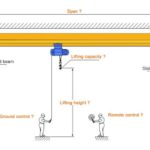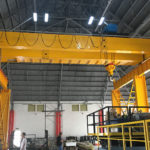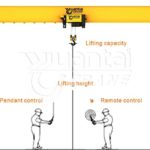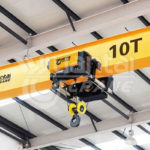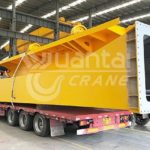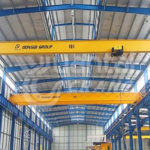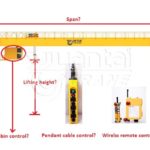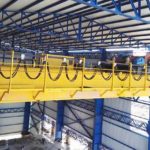Crane Operations Training in the Philippines
We’ll explore the essential training required to become a qualified operator, the paramount safety regulations you need to adhere to, and the specific challenges of operating cranes in the Philippines’ high-wind conditions. The path to becoming a certified crane operator in the Philippines starts with acquiring the necessary training. Here’s a breakdown of the key steps:
- TESDA Qualification: The Technical Education and Skills Development Authority (TESDA) offers the “Heavy Equipment Operation – Gantry Crane NC II” program. This nationally recognized qualification equips individuals with the fundamental knowledge and skills to operate gantry cranes in construction sites or workshops.
- Specialized Training: Many reputable crane rental companies and training providers offer specialized programs for various crane types, such as mobile cranes, tower cranes, and rough-terrain cranes. These programs delve deeper into the specific features, capacities, and safe operation practices unique to each crane model.
- On-the-Job Training: Once you’ve completed the theoretical and practical training components, gaining practical experience under the supervision of a seasoned crane operator is crucial. This allows you to refine your skills and build the confidence necessary to handle complex lifting tasks.
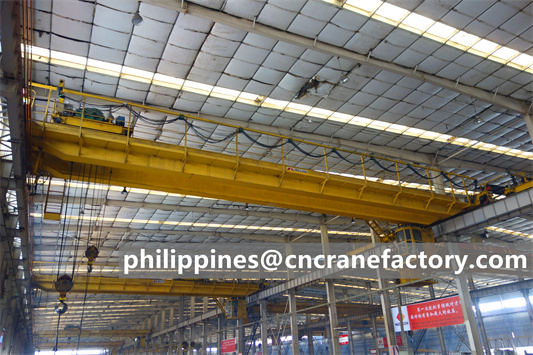
Crane Operations Safety
Safety is paramount in the world of crane operations. Here are the non-negotiable safety measures every crane operator in the Philippines must prioritize:
- Pre-operation checks: Before commencing any lifting operation, a thorough inspection of the crane is mandatory. This includes verifying the functionality of brakes, alarms, and all lifting mechanisms. Additionally, ensuring proper tyre pressure, fluid levels, and overall structural integrity is crucial.
- Lift planning: Each lifting project requires meticulous planning. This involves assessing the weight and dimensions of the load, determining the appropriate crane type and capacity, and charting the designated lifting path. A detailed lift plan that considers all potential hazards and mitigation strategies keeps everyone safe on the job site.
- Signal Person: Effective communication between the crane operator and the ground crew is vital. A designated signal person, trained in proper hand signals and clear communication protocols, should be present throughout the lifting operation.
- Personal Protective Equipment: Wearing the appropriate personal protective equipment (PPE) is essential. This includes a hard hat, safety glasses, high-visibility clothing, sturdy footwear, and hearing protection if necessary.
Crane Operations in High Winds
The Philippines is an archipelago nation, experiencing strong winds and typhoons throughout the year. Working with cranes in high winds demands extra caution. Here’s how to ensure safety during windy conditions:
- Wind Speed Monitoring: Wind speed should be constantly monitored throughout the lifting operation. DOLE regulations often specify wind speed limitations for crane operations. When wind speeds exceed safe limits, all lifting activities must be halted.
- Load Reduction: In moderate winds, reducing the load weight can be an option, allowing the crane to operate within its capacity. However, this decision should only be made after careful evaluation by a qualified engineer.
- Crane Stability: Outriggers, which are additional supports that extend from the base of the crane, enhance stability. Using outriggers is crucial when operating cranes in high winds.
- Suspended Operations: If wind speeds become unpredictable or reach dangerous levels, all lifting activities must be suspended immediately. The crane should be secured in a safe position until wind conditions improve.
Considerations for Crane Operations in the Philippines
- Permits and Licensing: Operating a crane in the Philippines may require obtaining specific permits and licenses depending on the project and the size/capacity of the crane. Consulting with local authorities beforehand is essential to ensure compliance with all regulations.
- Regular Maintenance: Regular preventive maintenance of cranes is crucial for safe and efficient operation. Following the manufacturer’s recommended maintenance schedule and promptly addressing any mechanical issues helps to prevent breakdowns and potential accidents.
- Staying Informed: The crane operation industry is constantly evolving. Staying updated on the latest safety regulations, technological advancements, and best practices can significantly enhance an operator’s skill set and contribute to a successful career.
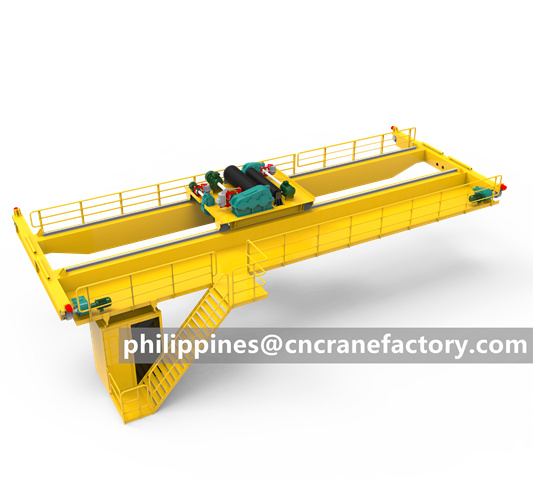
Common Types of Crane Operations
Hoists, overhead cranes, gantry cranes, jib cranes, and crane accessories for sale. Decades of one-stop crane services provide you with high-quality and cost-effective crane solutions.
Electric Hoist Operations in the Philippines
Electric hoists are typically used with other crane systems in the Philippines, but can also be standalone. Here’s a breakdown of their operation:
Pre-operation Checks:
Verify the hoist has the required lifting capacity for the load.
Ensure the hoist and chain/wire rope are free from damage and properly lubricated.
Inspect the hook and safety latch for proper function.
Operation:
Always follow the manufacturer’s instructions for specific operations.
Use designated controls, typically a push-button pendant or Remote Control.
Lift and lower loads smoothly, avoiding jerking or sudden movements.
Guide the load carefully, ensuring it remains clear of obstacles and personnel.
Safety:
Never exceed the rated lifting capacity of the hoist.
Ensure the load is properly attached to the hook with a secure sling.
Only trained and authorized personnel should operate the hoist.
Maintain a safe working distance from the suspended load.
Overhead Crane Operations in the Philippines
Overhead cranes are prevalent in Philippine industries due to their ability to move heavy loads within a building. Here’s a safety-focused approach to operating them:
Pre-operation Checks:
Inspect the runway, bridge beam, trolley, and hoist for any damage or malfunctions.
Confirm all limit switches and safety devices are functioning properly.
Ensure proper lubrication of all moving parts.
Operation:
A designated signaler should guide the crane operator during operation.
The operator should move the crane slowly and smoothly, avoiding sudden stops.
Lift and lower loads vertically, keeping them clear of personnel and equipment.
Safety:
Strictly follow the designated load path to avoid collisions.
Never lift personnel with an overhead crane unless it’s a specially designed personnel lifting platform.
Be aware of the weight limitations of the crane and its various components.
Gantry Crane Operations in the Philippines
Gantry cranes are often used outdoors in the Philippines for their self-supporting structure. Here’s a glimpse into their safe operation:
Pre-operation Checks:
Inspect the legs, beam, trolley, and hoist for any signs of damage or wear.
Ensure the wheels and travel mechanism are functioning properly.
Verify the stability of the gantry crane on the ground.
Operation:
Similar to overhead cranes, a signaler can aid the operator in precise load movement.
Move the crane cautiously, avoiding jerky motions that could swing the load.
When lifting or lowering loads, ensure they are clear of personnel and obstructions.
Safety:
Operate the crane on a level and stable surface with sufficient weight capacity.
Never lift loads exceeding the crane’s rated capacity.
Mind weather conditions, especially high winds, that could affect crane stability.
Jib Crane Operations in the Philippines
Jib cranes offer a flexible lifting solution in Philippine workplaces. Here are some key points for safe operation:
Pre-operation Checks:
Verify the jib arm and its connection point to the wall or floor are secure.
Inspect the hoist and wire rope/chain for damage and proper lubrication.
Ensure the jib can handle the weight and size of the intended load.
Operation:
The working radius of the jib should be clearly marked to prevent exceeding its reach.
Move the jib arm smoothly and avoid overloading it by keeping the load within its designated zone.
When lifting or lowering, ensure the load swings freely without hitting anything. Safety:
Never lift a load exceeding the jib crane’s rated capacity.
Ensure the jib arm doesn’t swing over personnel working areas.
Be mindful of nearby workers and keep them clear of the load path.
